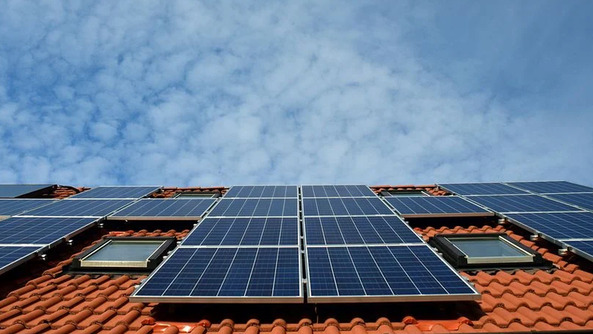The world is swiftly transitioning to renewable energy sources. This is most clearly seen by the great strides made by the European Union’s (EU) 27-member states. The EU reported that 40 percent of its energy generated in the first half of 2020 was done so with renewable sources. Fossil fuel electricity generation fell by a whopping 37 percent in this same period, to its lowest-ever levels.
This decrease in the reliance of fossil fuels for energy generation resulted in a massive drop in carbon dioxide emissions by 25 percent. The EU is driving their members to clean energy generation by 2025 and are at present ahead of their targets.
“This marks a symbolic moment in the transition of Europe’s electricity sector,” said Dave Jones, Senior Electricity Analyst at Ember, a European-based climate think-tank, in their half-year report to the public. “Renewables generated more electricity than fossil fuels, driven by wind and solar replacing coal. That’s fast progress from just nine years ago when fossil fuels generated twice as much as renewables.”
With climate change and its ill effects changing public perception and determining political decision-making in the EU and in each member’s own states, a cleaner Europe lead the way for the rest of the world and its consequences will inspire other nations and political regions to adopt similar policies.
The use of coal-based energy generation fell by a huge 32 percent from last year’s figures, with even gas generation of electricity dropping by a marked 6 percent too. The net effect is that the reduction in fossil fuel energy generation has cut a gigantic 76 million tonnes from the European Union’s carbon dioxide output.
What is interesting to note is that electricity costs for end-users remains highest in those countries most reliant on fossil fuels for their energy needs. Poland is currently the EU’s largest coal-based electricity user and only Greece (which uses coal-based electricity too) has higher electricity costs per home across Europe. In fact, in the first half of 2020 Poland used as much coal-based electricity as 25 of the other European Union member states combined.
As the world reels from the Covid-19 pandemic, and with many states adopting stay-at-home measures to curb the spread of this virus, businesses saw a decline in production and manufacturing. The demand for electricity dropped by 7 percent in the first half of 2020 as a result, but it didn’t hamper the EU’s transition from fossil fuel-based electricity generation to renewable sources. The EU’s goal of cleaner air is being met with targets and pushing for ever-stricter measures will result in lower emissions outputs.
The spotlight is on Portugal at the moment as it is a leading example of a state fighting back against climate change. This Iberian country reduced their fossil fuel electricity generation by a gigantic 95 percent in the first half of 2020. This was achieved by bringing renewable energy sources online, and they’re ahead of their coal-free target of November 2021. Portugal has only two coal-based electricity generation plants remaining, but these will close in 2021.
Their neighbour Spain has followed suit with a 58 percent reduction in their fossil fuel generation electricity too. Europe’s coal phase-out is rapidly taking shape. This important trend will continue and will also improve as the European Union works together to achieve their clean air goals.









